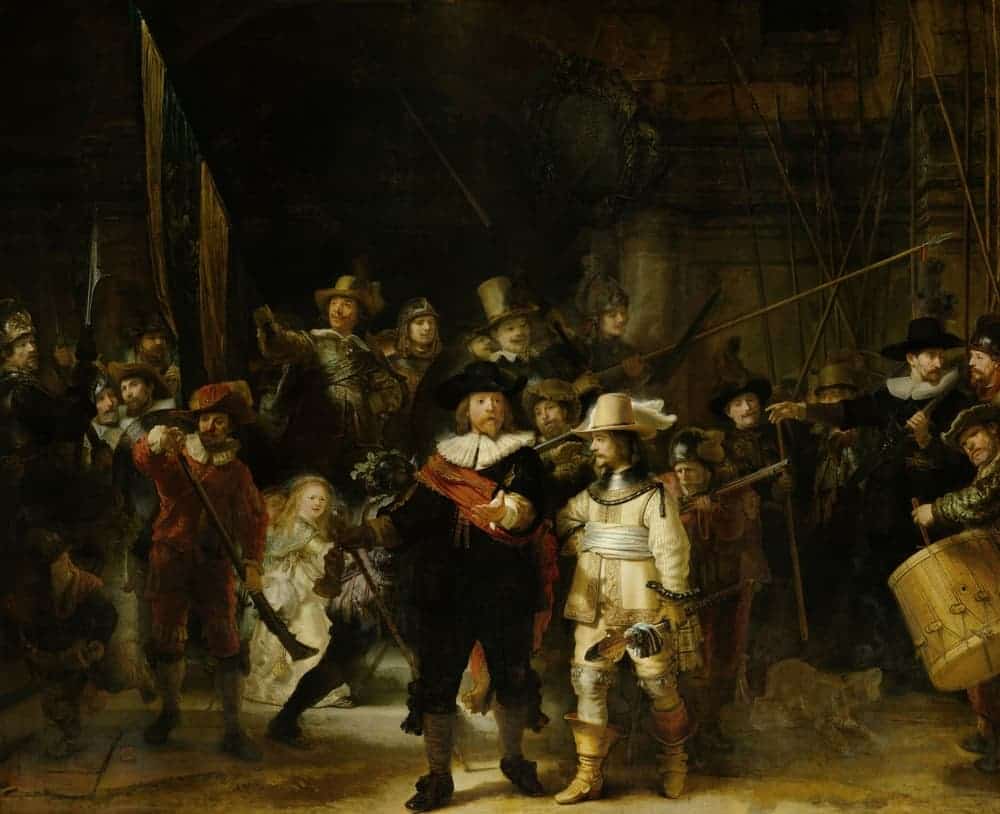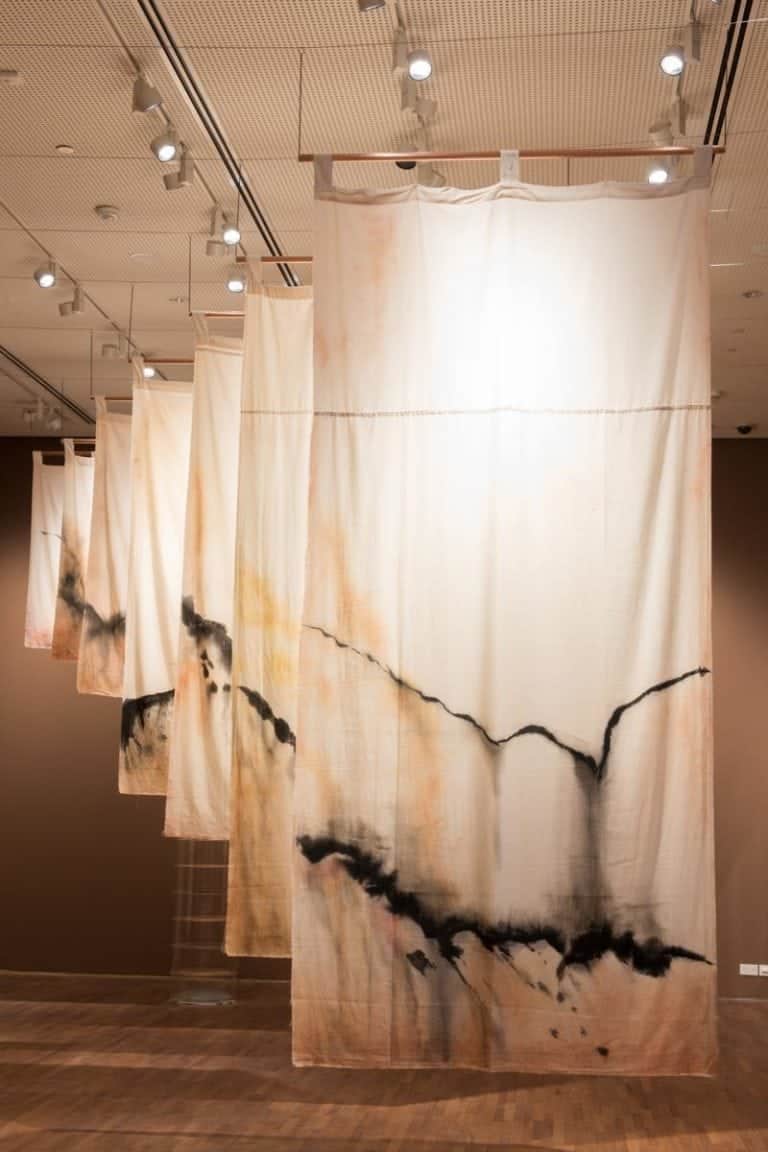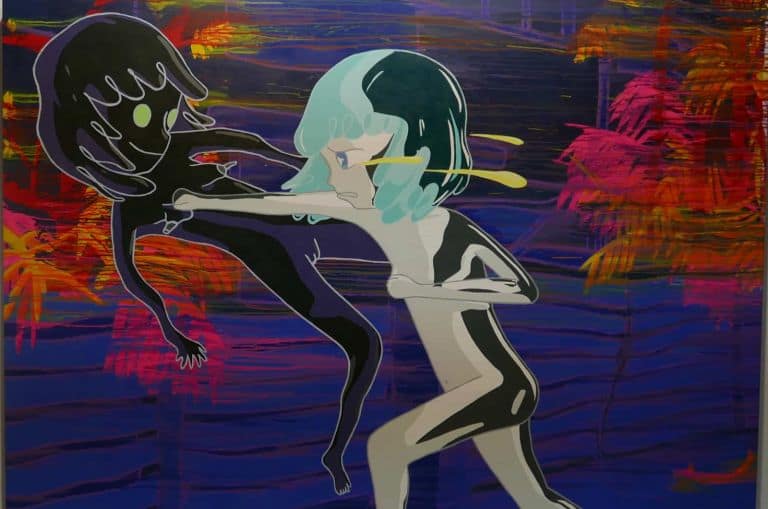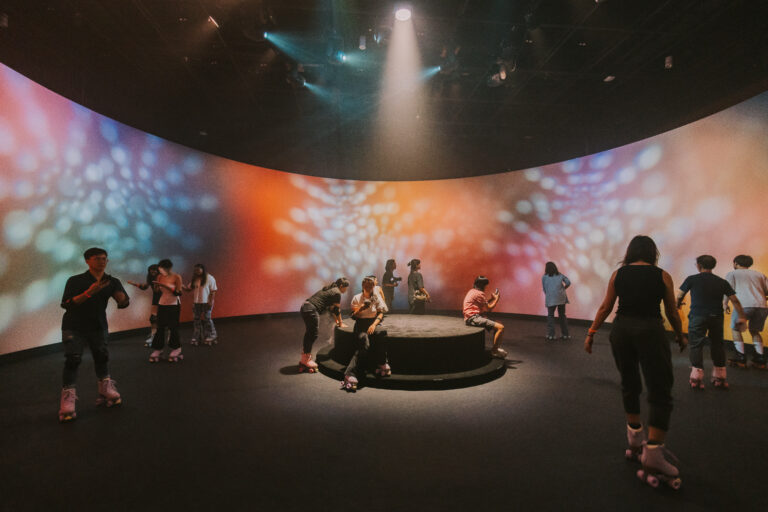
… is for History Painting.
Once considered the grandest, most important genre in Western art, history painting holds an intriguing history of its own, evolving from a genre revered by art academies, to one that was rejected by the revolutionary modernists of the 20th century, only to receive a resurgence of interest among contemporary artists today.
In the 17th and 18th centuries, history painting towered over other genres for its portrayal of classical stories in Greek mythology, iconic scenes from the Bible, exalted moments in European conquest – in contrast to the more mundane subjects of portraiture and still life. By the 19th century, the genre had evolved from depicting ancient myths to more modern subjects and events in recent history. British-American artist Benjamin West’s The Death of General Wolfe is one prime example of this, breaking conventions by presenting subjects dressed in contemporary clothing, rather than clad in attire from a bygone era.
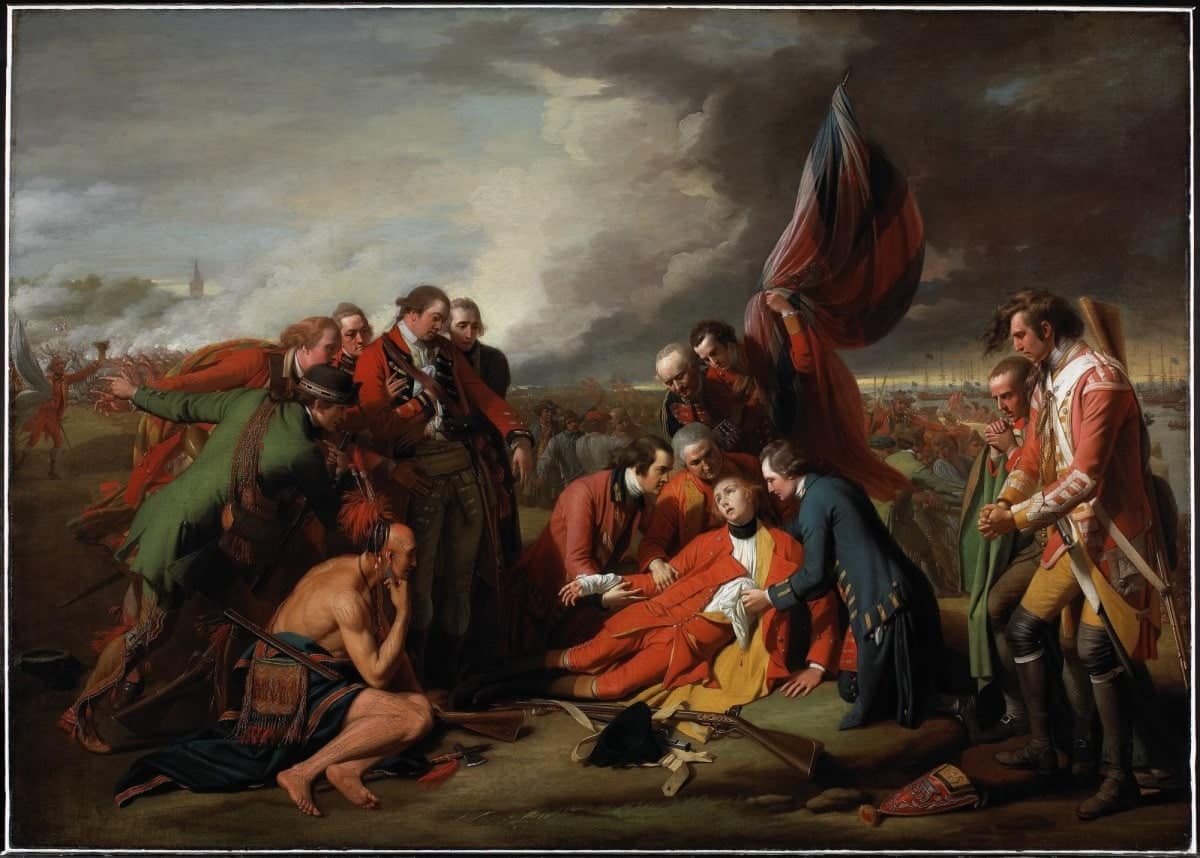
History painting’s role was not, however, merely to document myths or wars. At its core, paintings of the genre communicated the virtues that society valued most. Artists thus bore the responsibility of revealing these moral truths persuasively and poetically. The most powerful artists, however, had the ability to subtly comment on these scenes from a careful distance, expressing them through the quiet tensions and gestures of their subjects. It is through their profound understanding of the human psyche, of the deeper realities lying beneath the drama, that these paintings come alive.
In Southeast Asia, artists had mastered the genre by the latter half of the 19th century, employing academic styles influenced by their European training to reimagine memories from their country’s dark, colonial histories. Take Filipino painter Juan Luna’s The Blood Compact, for instance. The piece depicts the 1565 peace treaty between Spanish conquistador Miguel Lopez de Legazpi and local chief Sikatuna, in which the two allegedly drew blood from cuts on their chests, mixed it with wine, and drank the liquid together – cementing their brotherhood and allegiance.
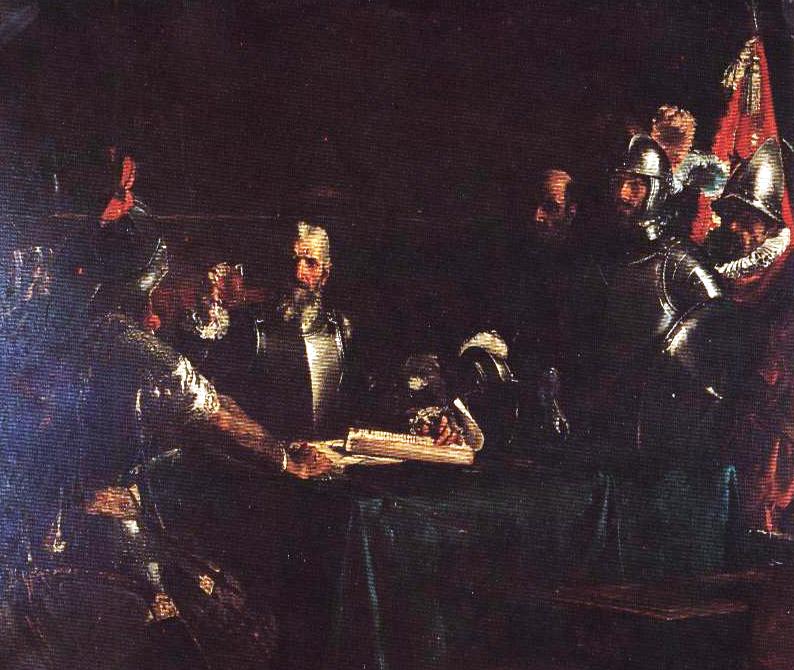
Dark and haunting, Luna’s painting, however, provokes a more nuanced story with its subtle ambiguity. Unlike Legazpi and other Spaniards in the scene, Sikatuna’s back is completely turned from the viewer, imbuing him with an air of mystery. Was he initially trusting, or suspicious? Did he see himself as inferior, equal, or superior to these foreigners on his land? We may never know, but it is in his refusal to paint a neat narrative, in allowing enigma and tension to open up interpretation, that Luna forces us to interrogate stories that had long been imposed on Filipinos.
While history painting lost favour among modern Southeast Asian artists in the post-colonial era, contemporary artists today are finding new ways to engage with this genre. Indonesian artist Eddy Susanto, for example, revitalises the genre by uncovering fresh parallels across two radically different histories. Consider this work from Susanto’s series Albrecht Dürer and the Old Testament of Java. The iconic scene of the Last Supper from the Bible is instantly recognisable – a masterful appropriation of the Renaissance artist Albrecht Dürer’s woodcut depiction of the story. A closer inspection, however, reveals a subtle, significant detail – intricate texts, meticulously written in black ink, replace the line engravings of Dürer. These texts were taken from the Old Testament, and then translated into Javanese script.
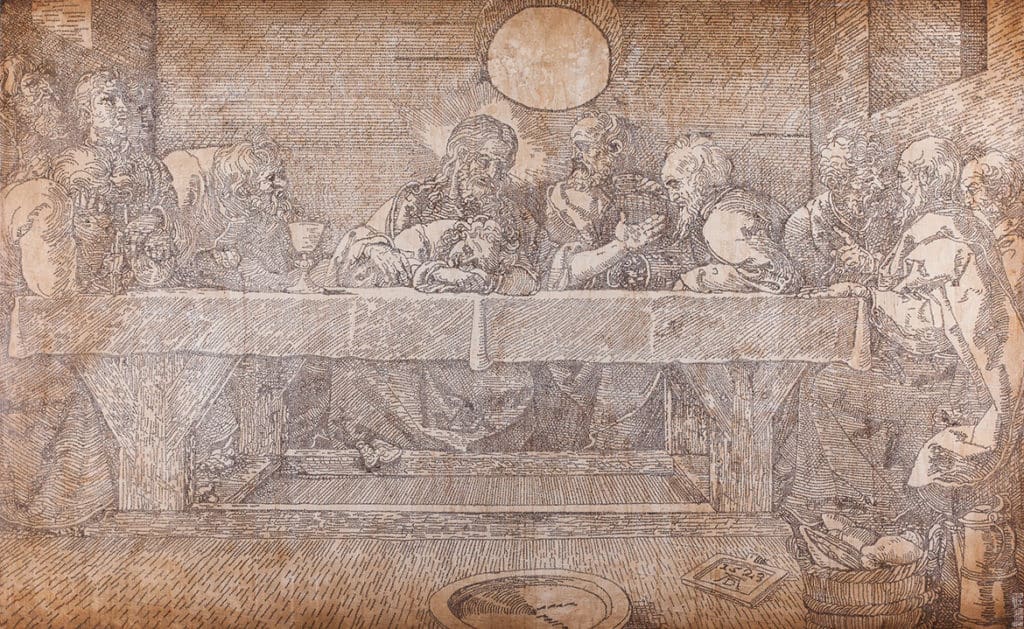
Eddy Susanto,Genesis of Durer #1, 2012
In weaving his country’s ancient religious language into historic Christian images of the West, Susanto avoids elevating one history over the other, instead engaging with them in tandem. Carakan, the ancient Javanese script, developed in Java around the same time that Dürer created these religious works in 15th century Europe. Marrying image and language, the sacred and the secular, Susanto opens up the potentials of the genre to trace rich stories from our cultural roots – and, crucially, to salvage those on the verge of being forgotten.
Contemporary Filipino artist Jill Paz works from a more personal vantage point as she renegotiates the meaning of historical paintings. Her series, After Hidalgo, reinterprets the work of Luna’s contemporary and rival, Felix Resurreccion Hidalgo, who also happens to be her great-granduncle. Growing up surrounded by his masterpieces, many of which were destroyed during the Second World War, Paz explores the history of his paintings as objects themselves: emphasising their worn and damaged qualities to serve as an allegory of the vulnerable and unstable nature of memories.
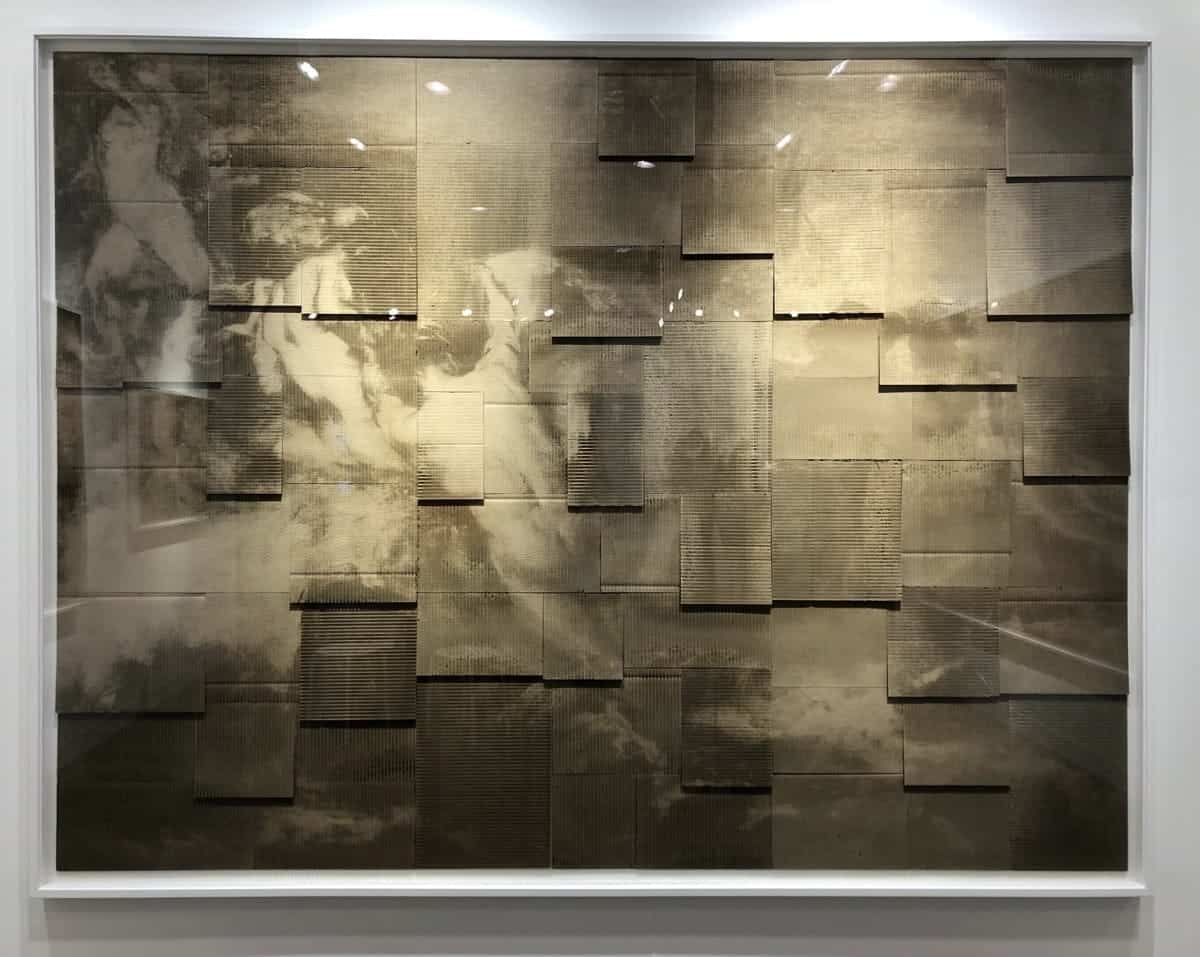
Paz, however, breaks away from the painting medium entirely. She trades canvases for balikbayan boxes, a ubiquitous material closely associated with Filipino migrants, who transport their belongings in these cheap cardboard containers. A former immigrant herself, Paz’s work unveils the thread binding her personal experience, the present plight of millions of displaced Filipinos, and the life of Hidalgo over a century ago – who himself lived and died as a migrant in Spain, and may have similarly faced the burden of struggling to be seen outside his homeland. As she sheds light on the fragile objects and people who shape our collective memories, Paz strips away history painting’s highbrow air, humanising its connections to us.
Perhaps this is why artists today are still enamoured by the genre of history painting. Whereas it was once used to tell the canonised narratives of gods and heroes, contemporary artists subvert it to uncover the more complex, imperfect stories of, well, ordinary humans like us.
